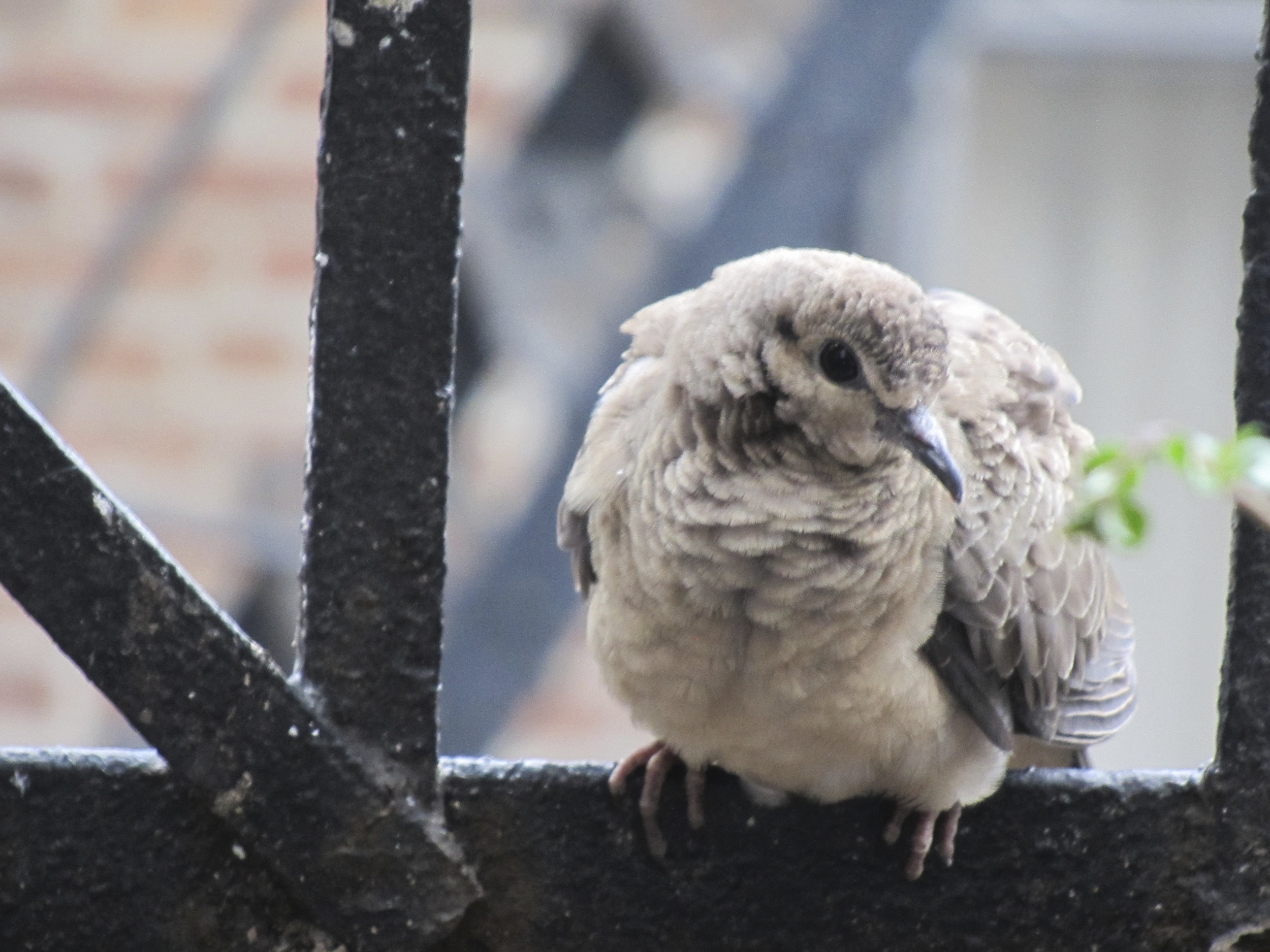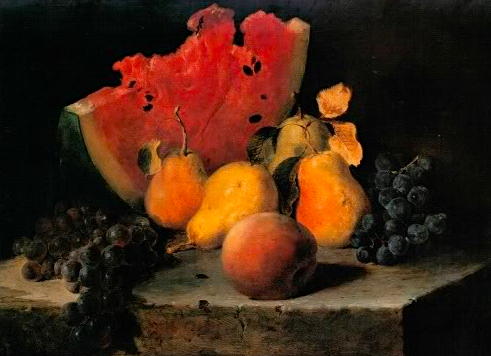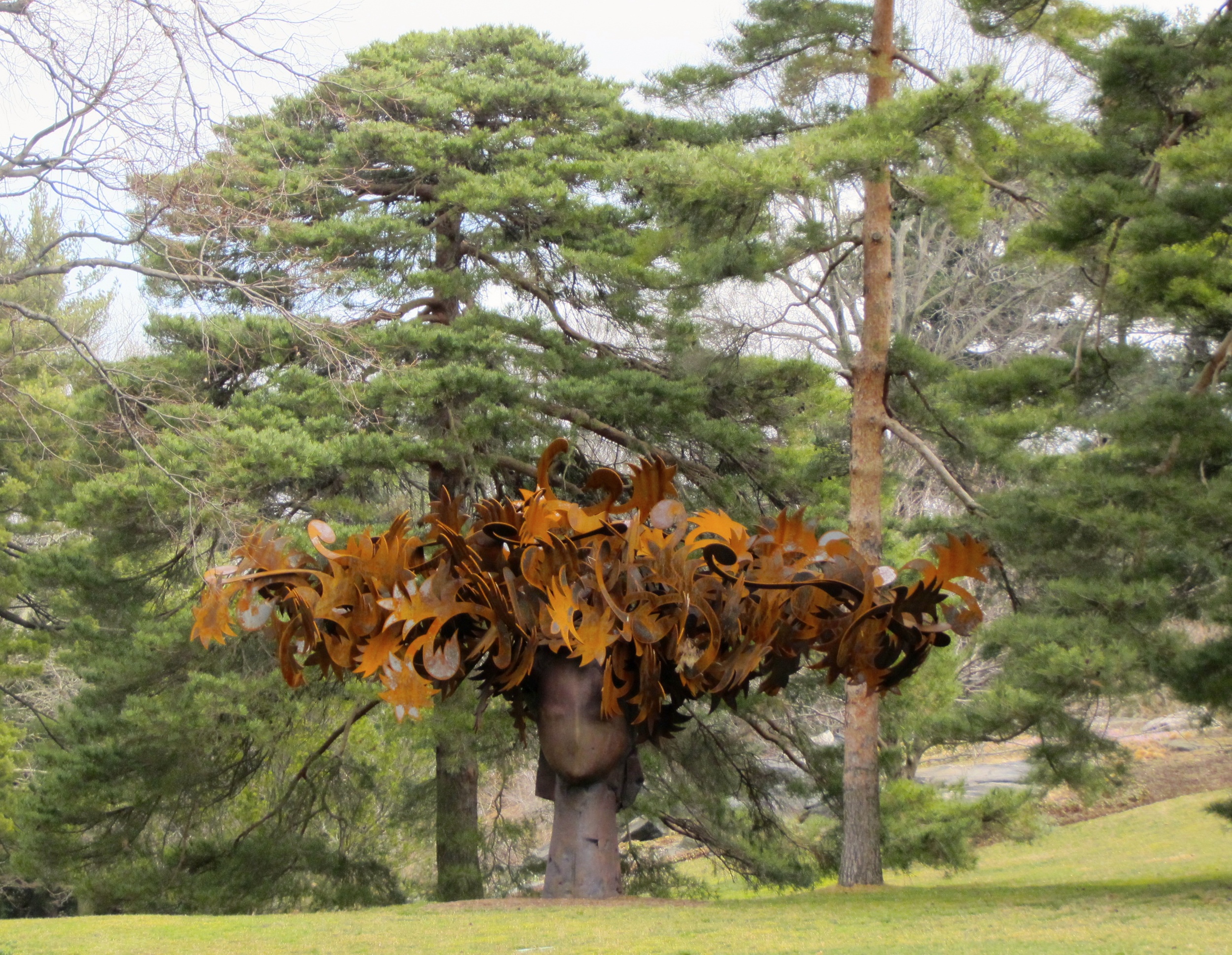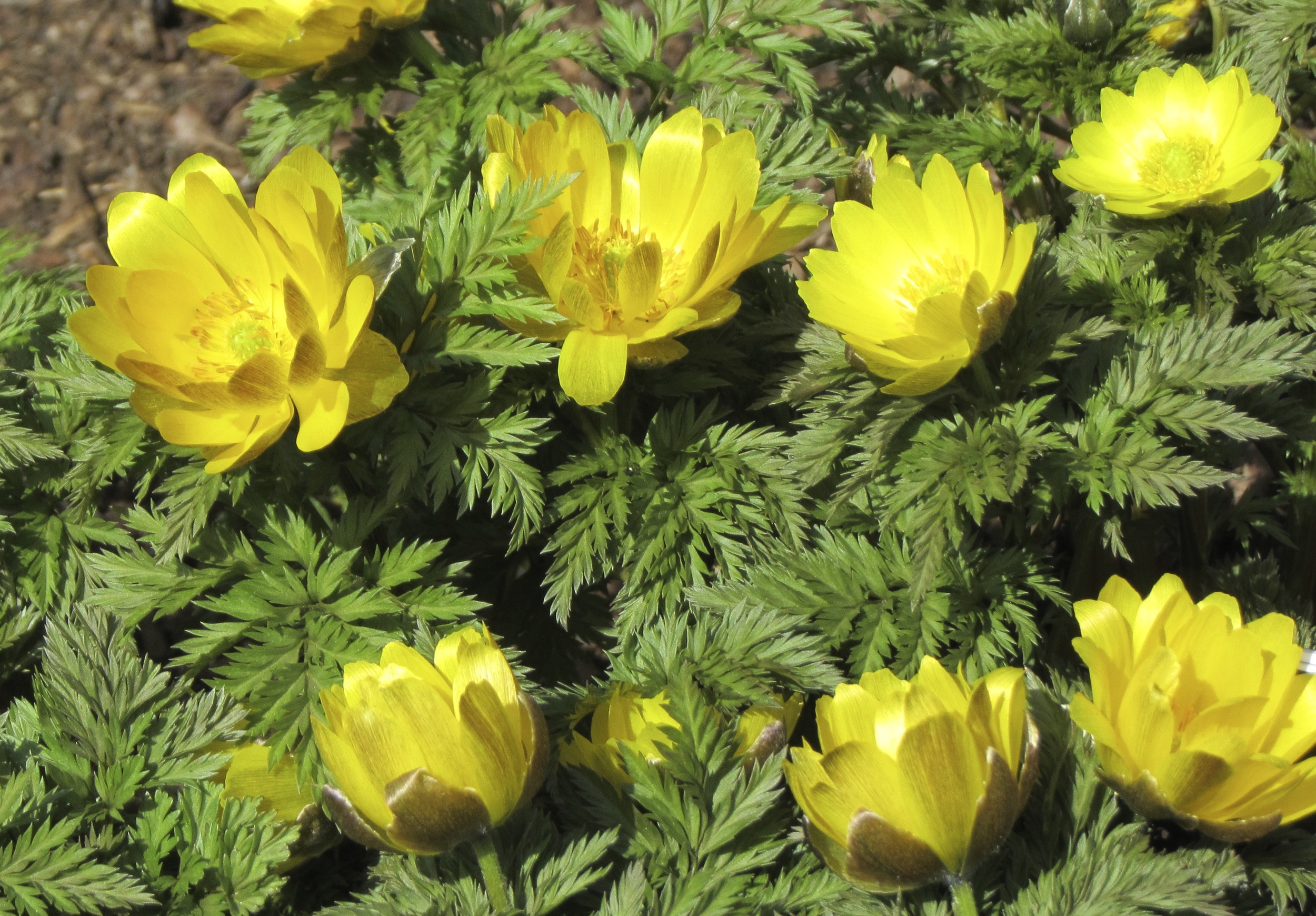In 1921 Robert Frost published his poem "A Drumlin Woodchuck."
A Drumlin Woodchuck
One thing has a shelving bank,
Another a rotting plank,
To give it cosier skies
And make up for its lack of size.
My own strategic retreat
Is where two rocks meet,
And still more secure and snug,
A two-door burrow I dug.
With those in mind at my back
I can sit forth exposed to attack
As one who shrewdly pretends
That he and the world are friends.
All we who prefer to live,
Have a little whistle to give,
And flash, at the least alarm
We dive down under the farm.
We allow some time for guile
And don't come out for a while
Either to eat or drink
We take occasion to think.
And if after the hunt goes past
And the double-barreled blast
(Like war and pestilence
And the loss of common sense),
If I can with confidence say
That still for another day,
Or even another year,
I will be there for you, my dear,
t will be because though small
As measured against All,
I have been so instinctively thorough
About my crevice and burrow.
Robert Frost 1874 - 1963
Read More





















